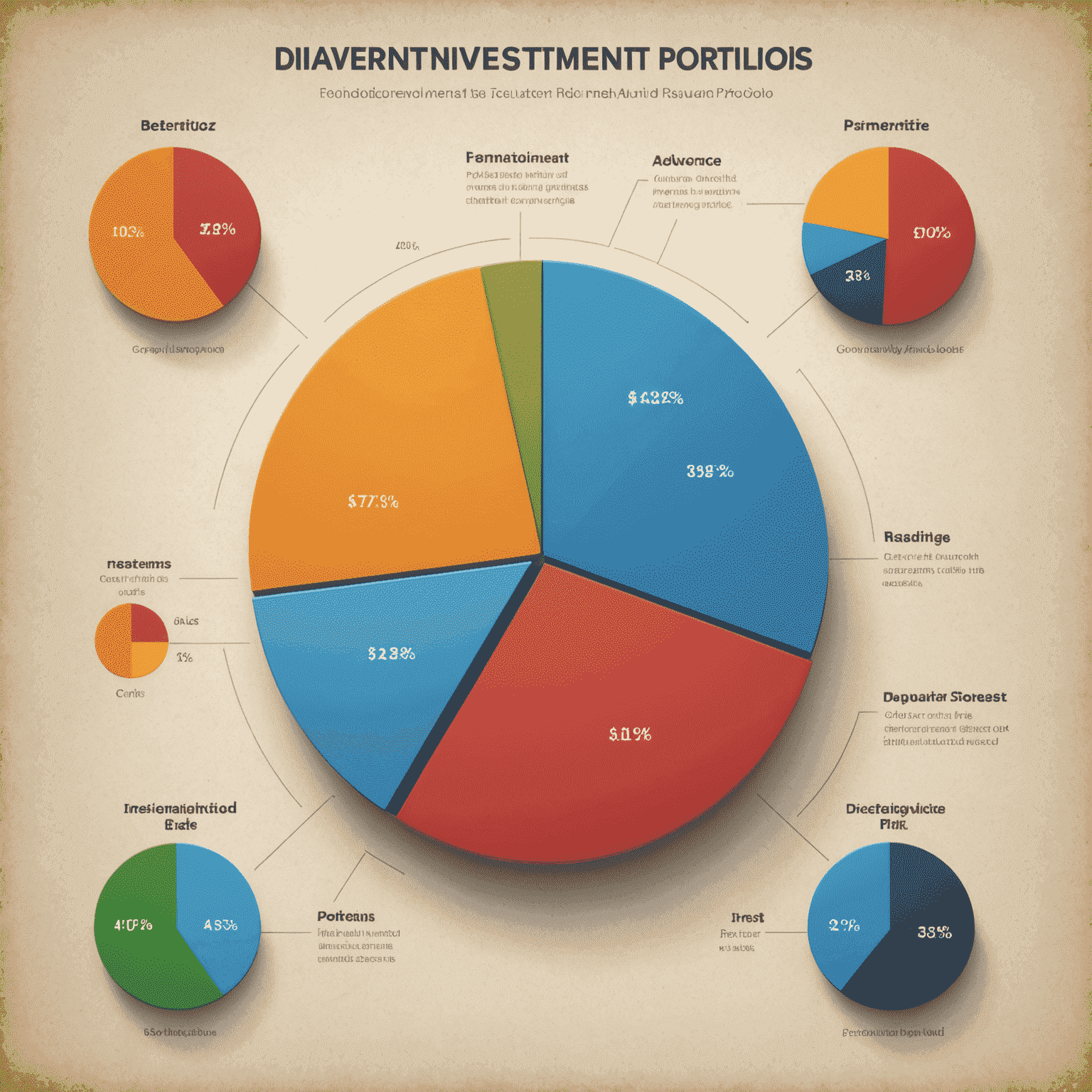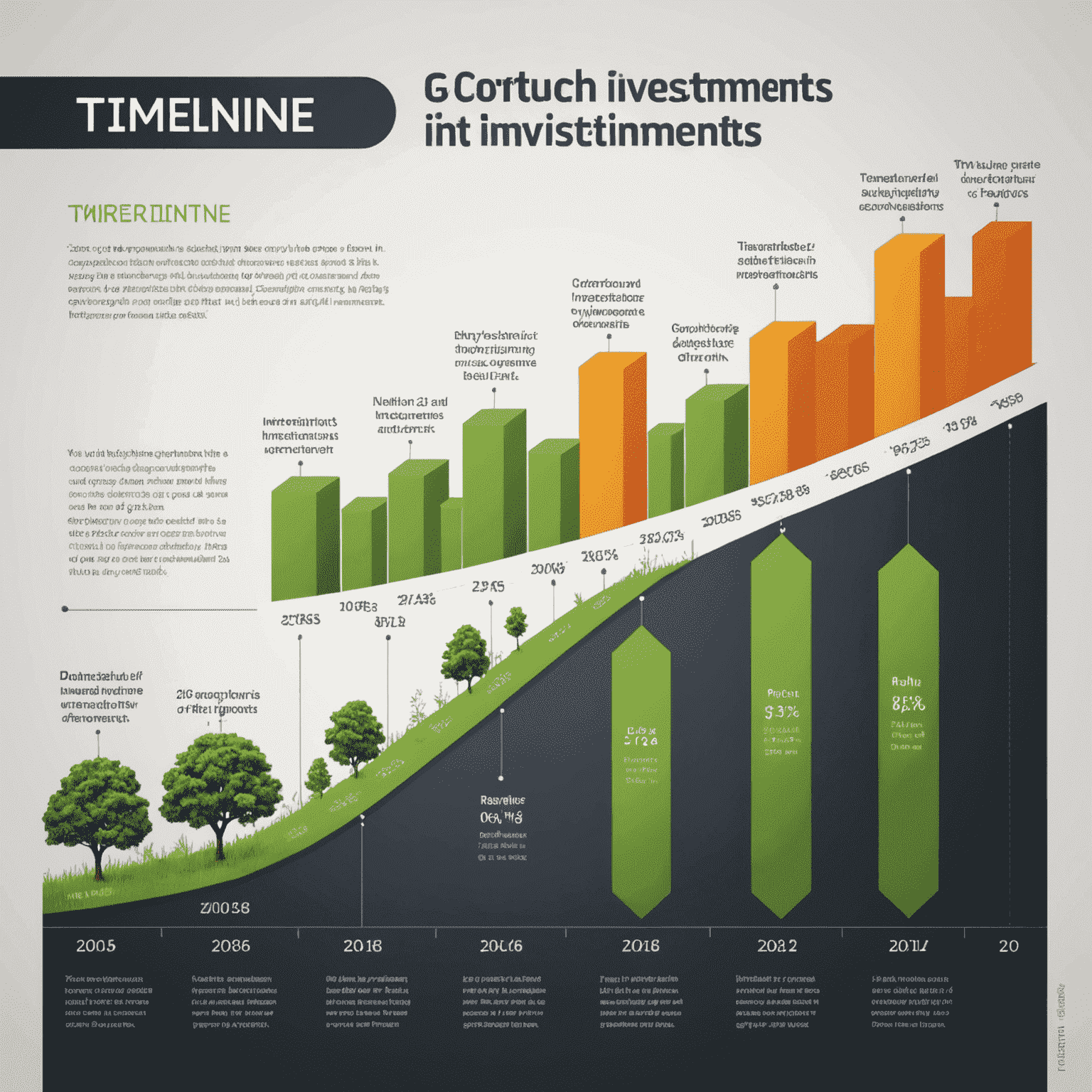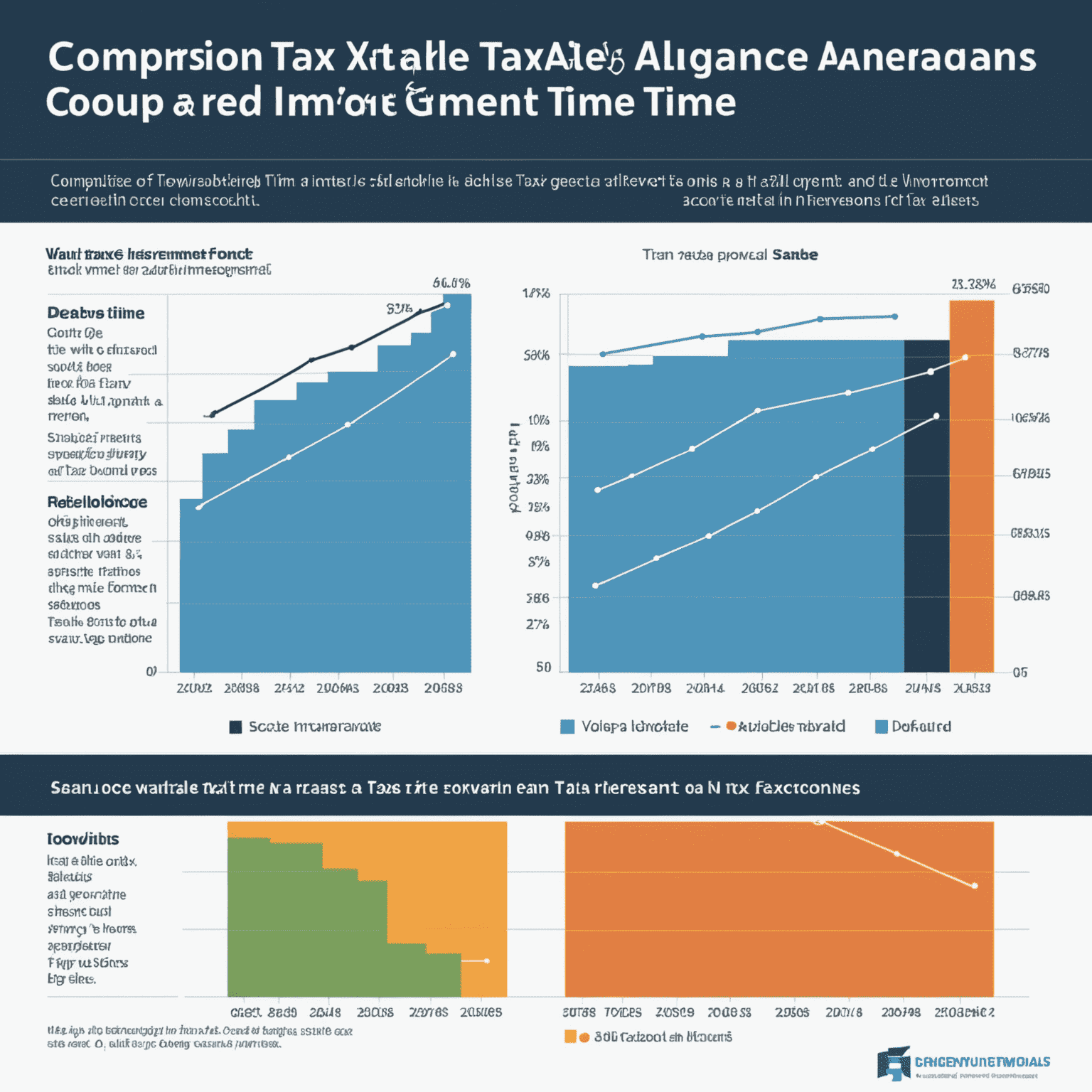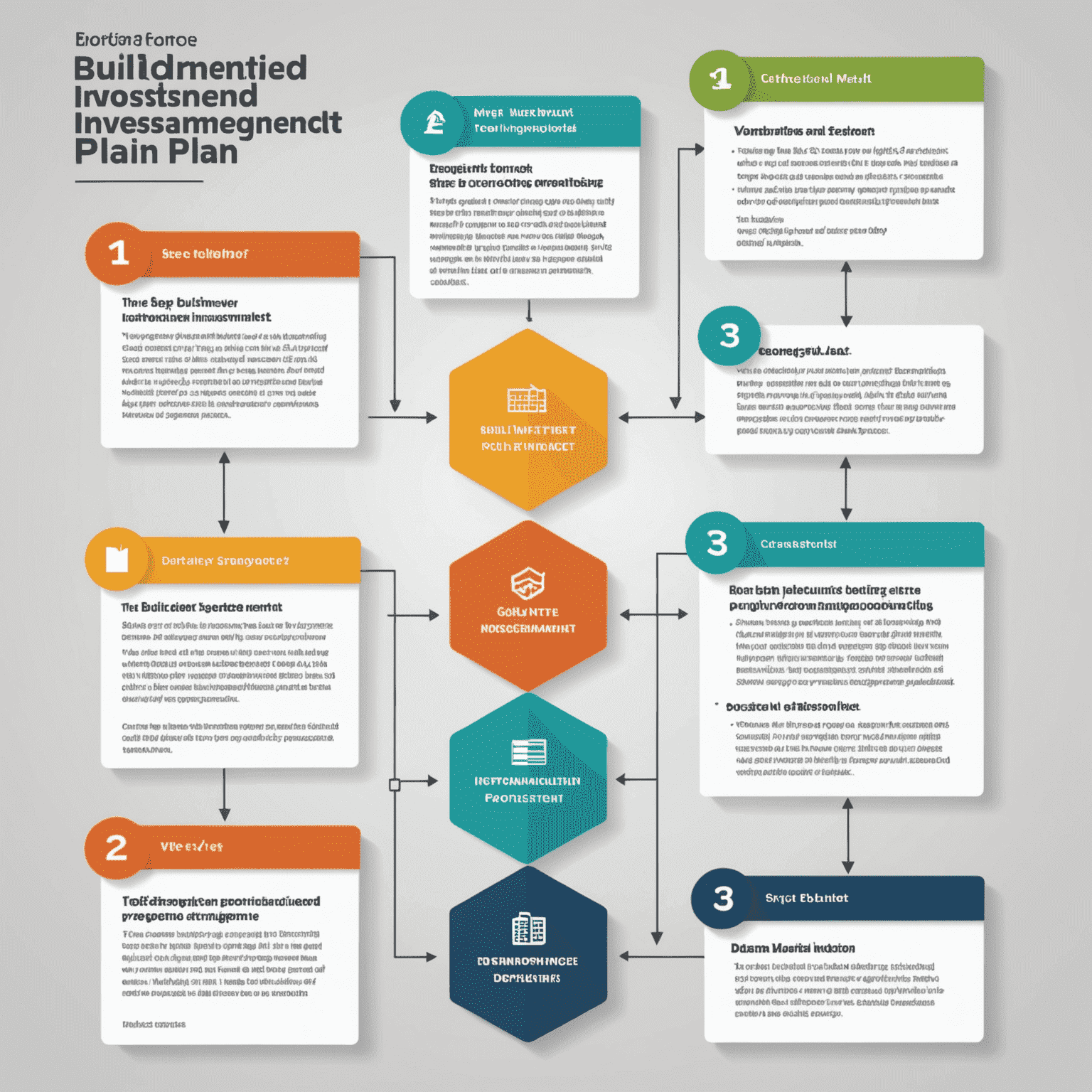Smart Investing Strategies
Discover various investment options and strategies to grow your wealth over time. Our comprehensive guide will help you make informed decisions and build a secure financial future.
Understanding Different Investment Options
Stocks
Investing in stocks allows you to own a piece of a company. While they can be volatile, stocks offer potential for high returns over the long term.

Bonds
Bonds are generally lower-risk investments that provide steady income. They're ideal for balancing your portfolio and managing risk.

Investment Strategies for Beginners
Diversification
Spread your investments across different asset classes to minimize risk and maximize potential returns.

Dollar-Cost Averaging
Invest a fixed amount regularly, regardless of market conditions, to potentially lower your average cost per share over time.

Long-Term Investing
Focus on long-term growth rather than short-term market fluctuations to build wealth over time.

Advanced Investment Concepts
Asset Allocation
Learn how to balance your portfolio between stocks, bonds, and other assets based on your risk tolerance and financial goals.

Tax-Efficient Investing
Discover strategies to minimize your tax burden and maximize your after-tax returns on investments.

Building Your Investment Plan
Creating a solid investment plan is crucial for achieving your financial goals. Consider the following steps:
- Define your financial objectives
- Assess your risk tolerance
- Research and choose appropriate investments
- Regularly review and rebalance your portfolio
- Stay informed about market trends and economic factors

The Importance of Financial Education
Investing wisely requires ongoing learning and adaptation. Our comprehensive online courses provide the knowledge and tools you need to make informed investment decisions and build long-term wealth. By improving your financial literacy, you'll be better equipped to navigate the complex world of investing and secure your financial future.